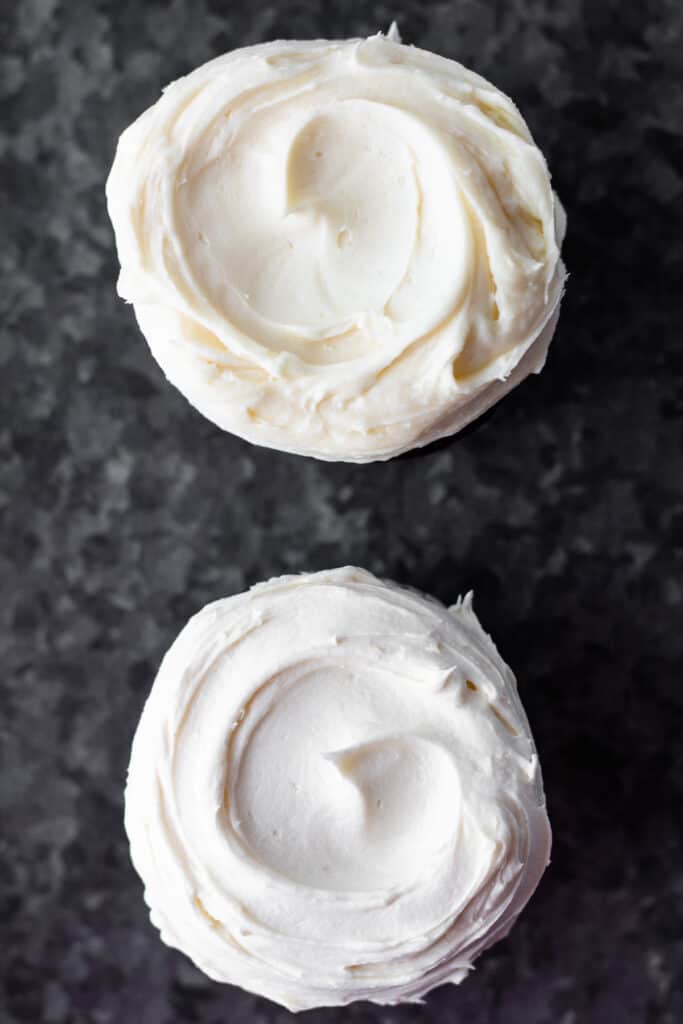Effective Ways to Calculate Tip for the Best Dining Experience in 2025

Essential Guide to Calculating Tips for a Memorable Dining Experience
Understanding how to calculate tip is crucial for anyone dining out. No matter if you're at a fine dining restaurant or grabbing a quick bite, knowing the appropriate amount to tip can enhance your overall dining experience. Tipping isn't just a common practice; it reflects your appreciation for good service and can impact the earnings of waitstaff. In 2025, these practices continue to evolve alongside restaurant service standards and social norms regarding gratuity. This guide will walk you through effective methods to calculate tips, the etiquette involved, and various factors that influence your tipping decisions.
Your relationship with tips can range from calculating gratuities for personal services to understanding the nuances of tipping across different cultures. This article will provide practical insights to ensure that your tips reflect the quality of service you receive, including how much to tip for takeaway orders, how to handle tipping during special occasions, and the proper etiquette for business lunches. By the end of this article, you will feel empowered to navigate the complex world of tipping with confidence.
Remember, proper tipping practices not only show your appreciation but also foster a positive relationship between customers and service providers. Let’s dive into the effective ways to calculate tip, ensuring you have a memorable dining experience in 2025.
Understanding Standard Tipping Percentages
When it comes to determining tip amounts, understanding the standard tipping percentages is essential. In the United States, the customary tip is typically between 15% to 20% of the total bill before tax. For exceptional service, diners often increase this percentage, while for less satisfactory experiences, a tip may decrease accordingly.
The 15% standard serves as the baseline for adequate service, while 20% is considered the norm for excellent service. But how do you apply these percentages effectively? Using a tip calculator can streamline this process, allowing you to get a quick estimate of what to tip based on your bill amount. Alternatively, rounding up for tips is a common practice, especially at casual dining spots.
On the other hand, certain situations may require specific adjustments to standard tipping percentages. For example, for meals specifically served as part of a large group, varying factors—such as service level, restaurant type, and difficulty of service—should influence the final tip amount.
As you learn to calculate tip effectively, remember that tipping practices can vary significantly between cultures. Understanding these differences will prepare you for dining experiences worldwide, ensuring that you're always well-informed on how much to tip. This leads us to our next topic: the impact of service levels on your tipping decisions.
Factors Influencing Tip Amounts
Several factors play a role in how much to tip, most notably the service level you receive while dining. High-quality service, where staff go above and beyond in ensuring a pleasant experience, generally warrants a higher tip. Factors such as the waiter’s attentiveness, knowledge about the menu, and overall friendliness can determine how much to tip.
Other influencing elements include the type of restaurant and dining occasion. For instance, fine dining establishments often expect a tip closer to 20-25% due to the level of service offered. In contrast, casual dining restaurants may lean towards the 15-18% range. Additionally, special occasions such as birthdays or anniversaries might encourage you to tip more for the celebratory atmosphere and experiences provided.
Takeaway orders also bring their own unique tipping considerations. Many patrons opt to tip for takeout based on the quality of service they received while placing their order, often ranging from 10-15%. Understanding these varied scenarios can help ensure that you are respectful of prevailing tipping norms.
Tipping in different cultures further adds to the complexity. International travel exposes you to diverse tipping standards, making it crucial to research local customs. For example, in Japan, tipping can be seen as rude, whereas in some European countries, service charges may already be included in the final bill. Navigating these differences is fundamental for a great dining experience overseas. Next, let's delve into the practical methods for calculating gratuities.
Practical Methods for Calculating Gratuities
Calculating gratuities doesn’t have to be complicated. There are various methods available, and choosing the right one can enhance your confidence when it comes to tipping in different dining scenarios. One of the simplest ways to calculate tip amounts is to use a percentage calculator, often available through various mobile apps or websites, specifically designed to assist you with the math while dining out.
Another straightforward approach is the “double the tax” method. By calculating the sales tax on your bill—typically around 7-10%—and doubling that amount, you arrive at an estimated tip of 14-20%. This method helps in quickly generating a tip amount without the need for detailed percentage breakdowns.
For larger groups or special occasions, it may be beneficial to consider the total bill and determine the tip based on the entire dining experience relative to the service received. For instance, adding a 20% gratuity might be a straightforward method for managing larger party bills, ensuring that servers are adequately rewarded for their service throughout complicated dining experiences.
Additionally, understanding when to tip extra is essential. Situations like extended waiting times, request for additional modifications to a dish, or attentive table service can justify going beyond the typical percentage recommendations. If you are unsure about how much to tip, a good practice is to seek the guidance of online tipping guides that can help you stay informed.
Dining Etiquette for Tipping
Incorporating proper dining etiquette for tips not only shows respect for service staff but also enhances your overall dining experience. Knowing when to tip and how much can affect the atmosphere of the meal, and it demonstrates a level of awareness and consideration towards those serving you. Start by recognizing that tips should be calculated before tax to reflect the service correctly received.
When dining out, it's crucial to consider the entire experience when determining how to tip for excellent service. A waiter who provides personalized service or genuinely engages with you should be rewarded accordingly. However, if service is lacking, it’s also acceptable to adjust your tip downwards proportionately, reflecting your dining experience.
At bars, the standard tip is typically higher, often around $1-$2 per drink or 15% to 20% of the total tab. Understanding these norms can help streamline your tipping decisions while maximizing your dining pleasure. When it comes to splitting a tip among multiple servers, be sure to factor in how each contributed to your meal experience.
Business lunches, a common scenario for networking, present their own challenges. In such cases, tipping higher may create a more favorable impression or help establish rapport. Overall, keeping the conversation around dining etiquette fluid and adaptive ensures a positive dining experience for both guests and servers alike. This seamlessly brings us to our next section: navigating the complexities of tipping in a global context.
Navigating Tipping Scenarios Across Cultures
Tipping practices can vary incredibly from one culture to another, making it vital for travelers to understand appropriate tipping customs when dining abroad. Whether you're in Spain or Japan, knowing local practices can directly influence your dining satisfaction and manners. For instance, in many South American countries, tips might not be expected but are appreciated, while in the Middle East, service might be included in the total bill.
In some places, such as Northern Europe, tipping is less customary, as wages for restaurant workers are often higher. Understanding these cultural nuances is vital to prevent miscommunication and ensure every dining experience is respectful to local customs. While some cultures consider rounding up the bill sufficient, others may value a more generous approach. Consequently, remaining sensitive to cultural differences leads to stronger relationships with service workers.
Particularly during special occasions, knowing when to tip extra can significantly enhance both your experience and that of your service team. Many travelers find satisfaction in leaving a larger tip after a significant culinary experience or on holidays, as it leaves a lasting impression on those who have provided exceptional service.
Finally, awareness of tipping for delivery services can also differ significantly between regions, with some places advocating for standard percentages similar to in-restaurant dining, while others may encourage rounding up the total. Understanding these diverse scenarios allows you to navigate tipping situations worldwide confidently.
Q&A: Addressing Common Tipping Questions
What is considered a good tip?
Generally, a standard tip of 15%-20% is considered appropriate for good to excellent service. However, the exact amount can vary based on service quality, location, and occasion.
How do I tip for takeaway orders?
For takeaway orders, a 10%-15% tip is standard, reflecting the quality and speed of service provided during your pickup.
When should I avoid tipping?
A tip should typically be avoided in situations of exceptionally poor service or when specifically instructed not to tip, such as in some all-inclusive resorts.
How can I split a tip fairly among multiple servers?
When splitting tips, base allocations on the amount of service each server contributed. For example, if one server took your order, and another filled your drinks, adjust the tip respectively.
How do I stay informed on tipping guidelines while traveling?
Online tipping guides or apps that specialize in travel advice are great resources to familiarize yourself with local customs for tipping in various regions.

 Its part of generated content. Can i generate another part?
Its part of generated content. Can i generate another part?